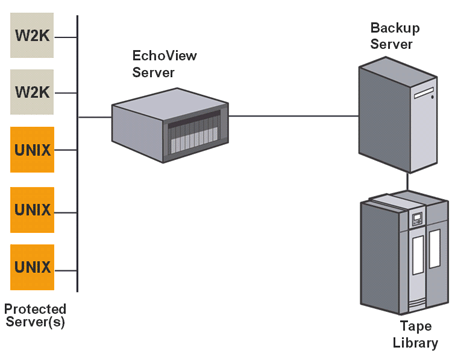The appliance provides a level of functionality that fits in between mirroring and snapshot, according to StorageTek. EchoView tracks all writes from protected servers using journaling, a method of keeping track of which blocks have changed in a data set.
Unlike mirroring, EchoView allows users to go back to a specific point in time. "Besides being expensive, mirroring only protects you from hardware failures, not data corruption," says Chait. He adds, however, that EchoView does not provide failover capabilities in the event that the primary storage goes offline, so StorageTek does not recommend that it be used as a primary mirror.
Meanwhile, unlike with snapshots, EchoView agents on the server automatically copy data every time there's a write to disk rather than only at specific points in time. "With snapshot, if you needed to get back to 3:55 p.m. and you've done a snapshot at 4 p.m., you're fine -- but you never know when a failure is going to occur," he says.
The appliance also allows end users to restore files themselves, using the Windows Explorer interface, based on the same access rights that are provide by the volume management software customers are using.
Figure 1: Typical EchoView Configuration
Source: StorageTek









